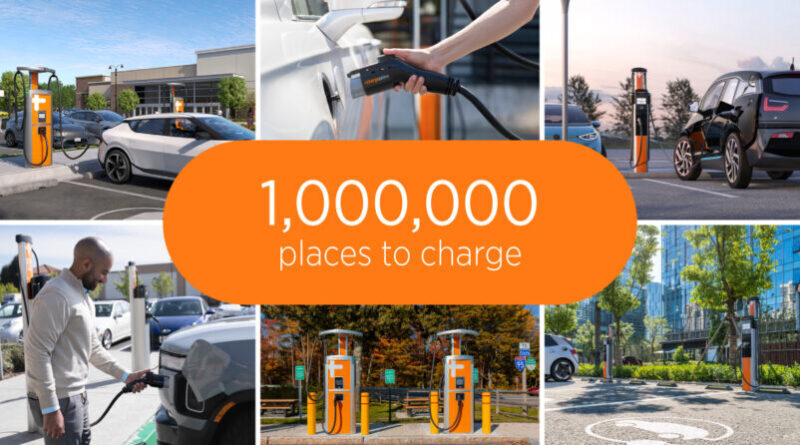German Steel Industry Urges Deadline Reassessment for Green Hydrogen Transition
The German steel industry, a key player in Europe’s green hydrogen economy ambitions, has raised concerns about the timeline for…

The German steel industry, a key player in Europe’s green hydrogen economy ambitions, has raised concerns about the timeline for adopting green hydrogen technology. Thomas Bünger, CEO of ArcelorMittal Germany, recently stated that more flexibility is necessary to ensure the transition is both sustainable and economically viable. This request highlights the broader challenges industries face when adopting innovative technologies and raises critical questions about how to balance urgency with feasibility in decarbonization efforts.
The Role of Green Hydrogen in the Steel Industry
Green hydrogen, produced using renewable energy sources like wind and solar, is seen as a sustainable alternative to fossil fuels in hard-to-decarbonize sectors such as steelmaking. Industries rely on green hydrogen to reduce reliance on coal-powered blast furnaces, which are among the largest industrial contributors to greenhouse gas emissions.
To support this shift, Germany pledged seven billion euros for decarbonizing steel production, with companies such as ArcelorMittal committed to building plants powered by natural gas that could transition to green hydrogen over time. These plants were expected to become bulk buyers of green hydrogen, driving its demand across Europe. However, the steel industry faces significant hurdles, including green hydrogen’s higher-than-anticipated costs and concerns over supply shortages.
ArcelorMittal’s Technological Innovations in Hydrogen
ArcelorMittal, one of the world’s leading steelmakers, has been at the forefront of hydrogen-related technologies. Recently, the company launched its HyMatch® steel, designed specifically to construct hydrogen transport pipelines. This breakthrough aims to address the unique challenges of transporting hydrogen, such as hydrogen embrittlement, by using cutting-edge steel grades that ensure durability and safety.
Research through facilities in Germany, France, and Belgium is ongoing to enhance these steel grades. Additionally, customers purchasing HyMatch® steel have the option to reduce their carbon footprint further through ArcelorMittal’s XCarb® certificates, which offset emissions linked to production. While these innovations are promising, their scalability depends on supportive policies and collaborative industry efforts.
At the same time, ArcelorMittal has faced setbacks in its green hydrogen-powered direct reduced iron (DRI) projects planned for France, Spain, Belgium, and Germany. Initially intended for operation by 2026, these sites were delayed due to regulatory uncertainties, technology readiness, and high capital costs. The company has called for clearer policy frameworks to encourage further investment in such ambitious projects.
Challenges of Adopting New Energy Technologies
The delays surrounding green hydrogen adoption illustrate a broader trend in energy transitions. Looking back on the adoption of solar energy, similar challenges emerge. While solar energy is now a pillar of renewable energy production, its commercialization saw significant setbacks in the early years. High upfront costs, inconsistent government incentives, and technological barriers hindered its initial growth. Yet over time, improvements in efficiency and manufacturing processes made solar power more competitive. Today, solar energy is indispensable in the global energy mix.
These historical experiences serve as a reminder that new energy technologies often face hurdles before gaining widespread acceptance. Technologies like green hydrogen require time for cost reductions, infrastructure buildout, and regulatory adaptation.
Striking a Balance Between Immediate Goals and Long-Term Success
The German steel industry’s request to postpone green hydrogen deadlines underscores the importance of realism in energy transitions. It’s not simply about setting ambitious targets; it’s about ensuring those goals can be practical and sustainable for industries deeply interconnected with global supply chains. However, delays shouldn’t be an excuse for stagnation. A balanced approach is essential—continuing incremental technological improvements while addressing current bottlenecks.
ArcelorMittal’s current stance reflects this delicate balance. Despite the setbacks, the company’s innovations like HyMatch® steel contribute to the groundwork needed for a hydrogen-powered future. Rather than retreating entirely from hydrogen investments, these steps allow industries to prepare for widespread scaling once the regulatory and economic landscapes stabilize.
The Road Ahead
While green hydrogen adoption may be slower than initially anticipated, the foundational efforts made today are invaluable for future progress. For now, industries can focus on hybrid approaches, like ArcelorMittal’s plan to use natural gas until enough green hydrogen is available. Concurrently, investments in research and industry collaboration will be critical to advancing technological readiness.
Overcoming these challenges may not happen overnight, but each investment and policy refinement brings the global economy closer to the larger goal of sustainable steel production. Stakeholders must remain committed to solutions that balance immediate feasibility with long-term impact, ensuring industries transition to cleaner technologies without sacrificing competitiveness.
The green hydrogen transition is undoubtedly complex, but its potential to revolutionize industries like steelmaking and beyond remains vast. The question isn’t if it will succeed—it’s when and how we align innovation with support systems to make it happen.
What's Your Reaction?





























































